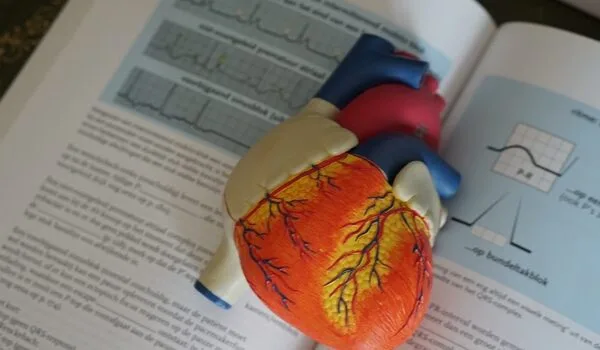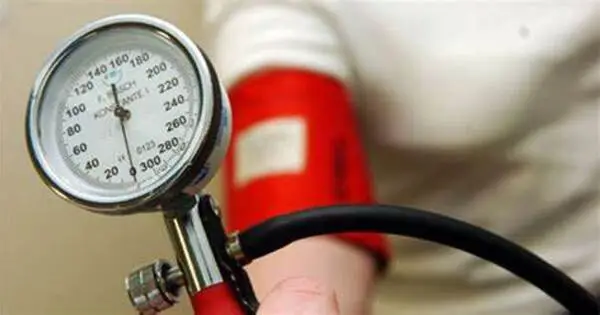Researchers discovered a rise in the demand for emergency dialysis as well as an increasing mortality rate among those hospitalized for dangerously high blood pressure. Younger patients required more dialysis, and leaner individuals were more likely to die in the hospital. The trends indicate that acute hypertension is still a serious problem. People who are impacted require suitable treatment in order to control their blood pressure and avoid hospitalization.
According to TDMU research, the incidence of urgent dialysis and death in persons hospitalized for acute high blood pressure have increased over the last decade.
High blood pressure is called the silent killer because symptoms can remain hidden until a medical crisis strikes. You might think hypertension is no longer serious because blood pressure medication is widely available, but newly reported trends in people with dangerously high blood pressure might change your mind.
We observed the obesity paradox, which is an unexpected decrease in mortality that sometimes accompanies an increased body mass index. Underweight patients tend to have poor nutritional status and low physical activity and may have underlying conditions causing weight loss.
Shinichi Uchida
Researchers from Tokyo Medical and Dental University (TDMU) discovered in a recent study published in Hypertension that people admitted to the hospital over the last decade with spiking blood pressure – also known as acute hypertension – are increasingly likely to require urgent kidney dialysis or to die in the hospital.
Between 2010 and 2019, the researchers studied the medical records of over 50,000 patients hospitalized to the hospital for acute hypertension. Over the course of the study’s ten years, the rate of urgent dialysis increased dramatically, from 1.52% to 2.6%.
“Of note, the rising trend in urgent dialysis was similar in patients who were younger, male, or overweight, and those with hypertensive heart failure. People with these traits are a high-risk group,” says the study’s lead author, Hisazumi Matsuki. “Unfortunately, the urgent dialysis procedure can cause complications like infection or bleeding, which in turn may increase the patient’s risk of dying.”

Mortality rates also increased over the 10 years from 1.83% to 2.88%, but not only because of the risks associated with urgent dialysis. “We saw a trend towards rising in-hospital mortality rates since 2010, particularly in patients who were elderly, male, and underweight, and in patients with hypertensive heart failure,” says senior author Shintaro Mandai.
However, mortality rates were lower in patients who were overweight. “We observed the obesity paradox, which is an unexpected decrease in mortality that sometimes accompanies an increased body mass index,” notes senior author Shinichi Uchida. “Underweight patients tend to have poor nutritional status and low physical activity and may have underlying conditions causing weight loss. Additionally, it can be difficult to find hidden heart congestion if the patient has no overt rise in blood pressure.”
Despite breakthroughs in hypertension treatment, the authors highlight that the frequency of acute hypertension cases has not decreased. High blood pressure causes substantial organ damage by affecting the structure of the blood arteries that run throughout the body. People suffering from hypertension require adequate outpatient care as well as intensive blood pressure control measures such as blood pressure medication, exercise, and a nutritious diet.
The study also emphasizes the need to diagnose concealed congestion early and give nutritional support to underweight patients. Measures must be taken to avoid as many unplanned hospital admissions as possible owing to severe hypertension.
















